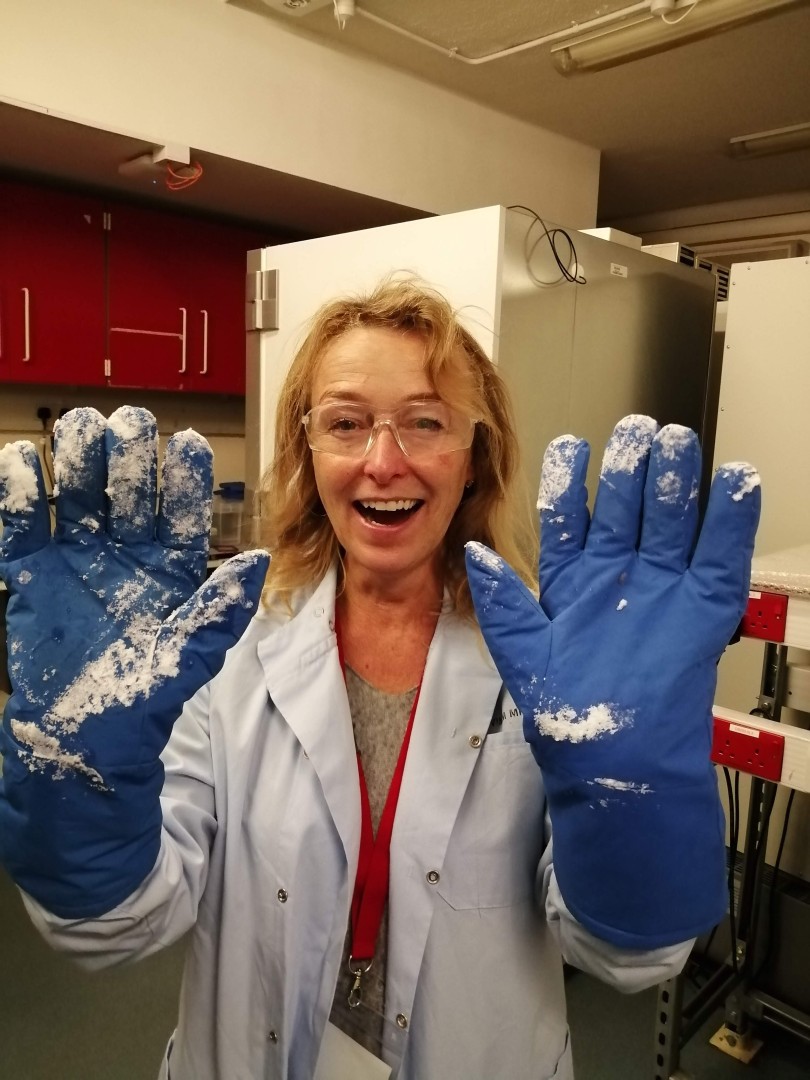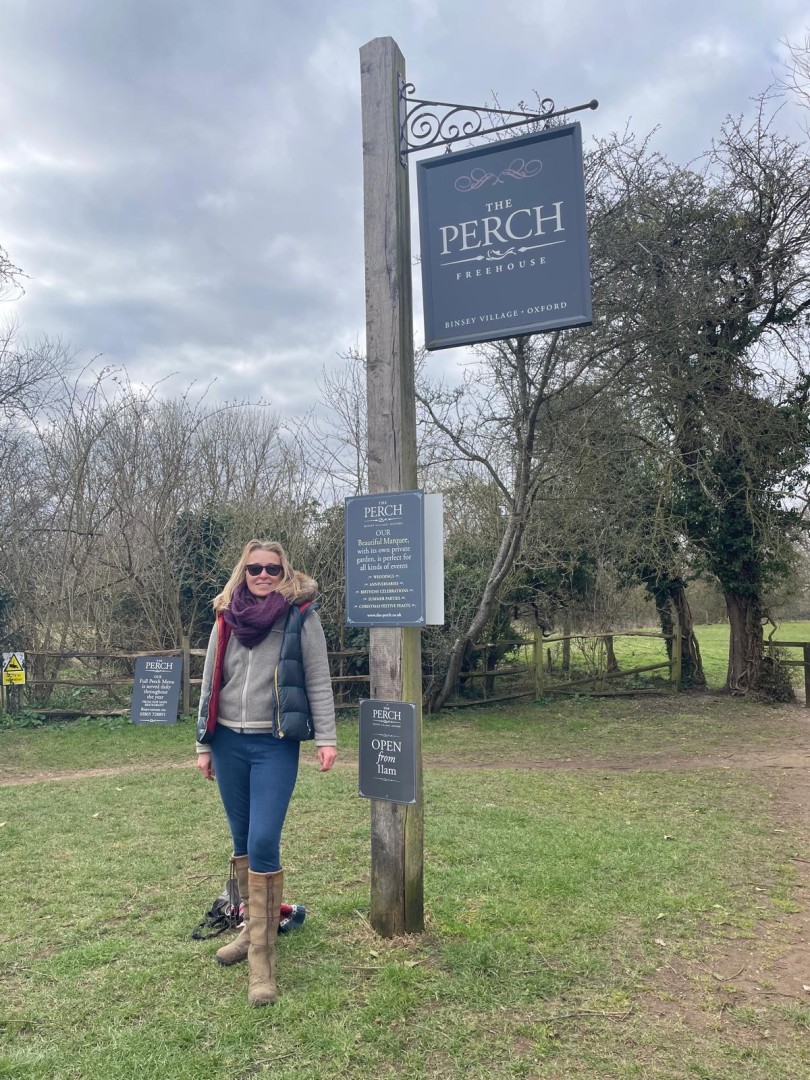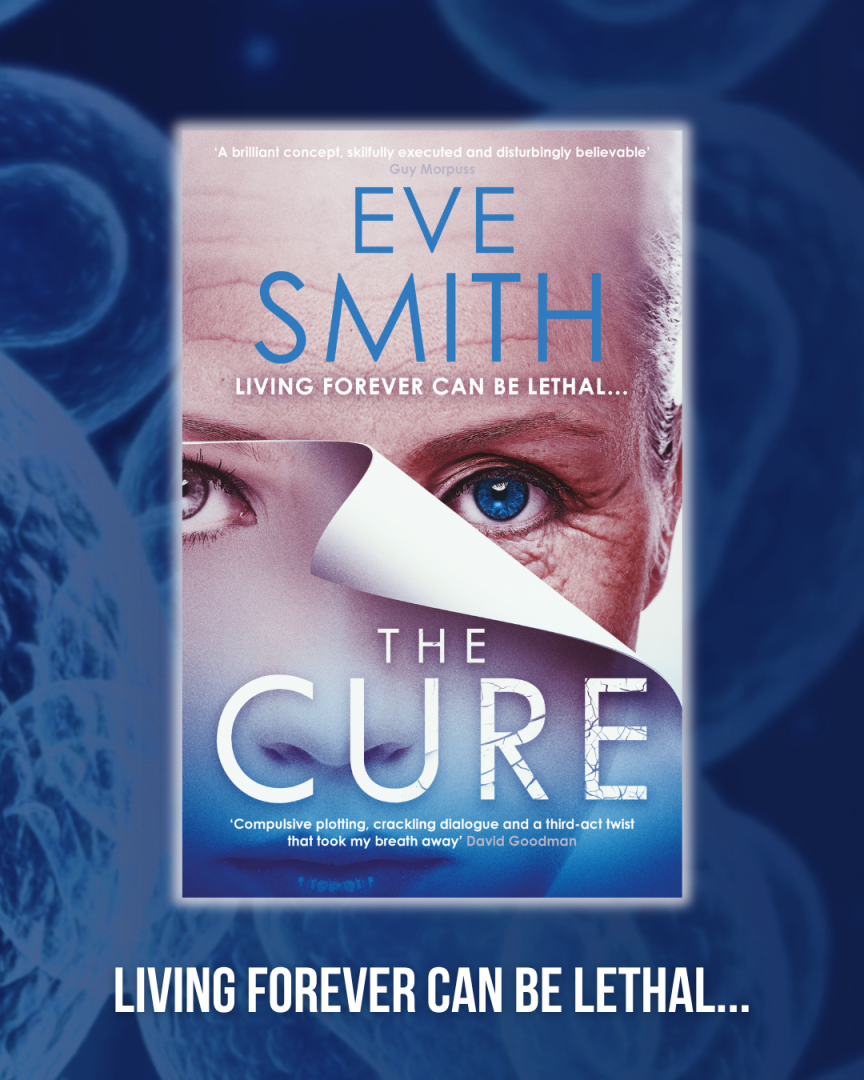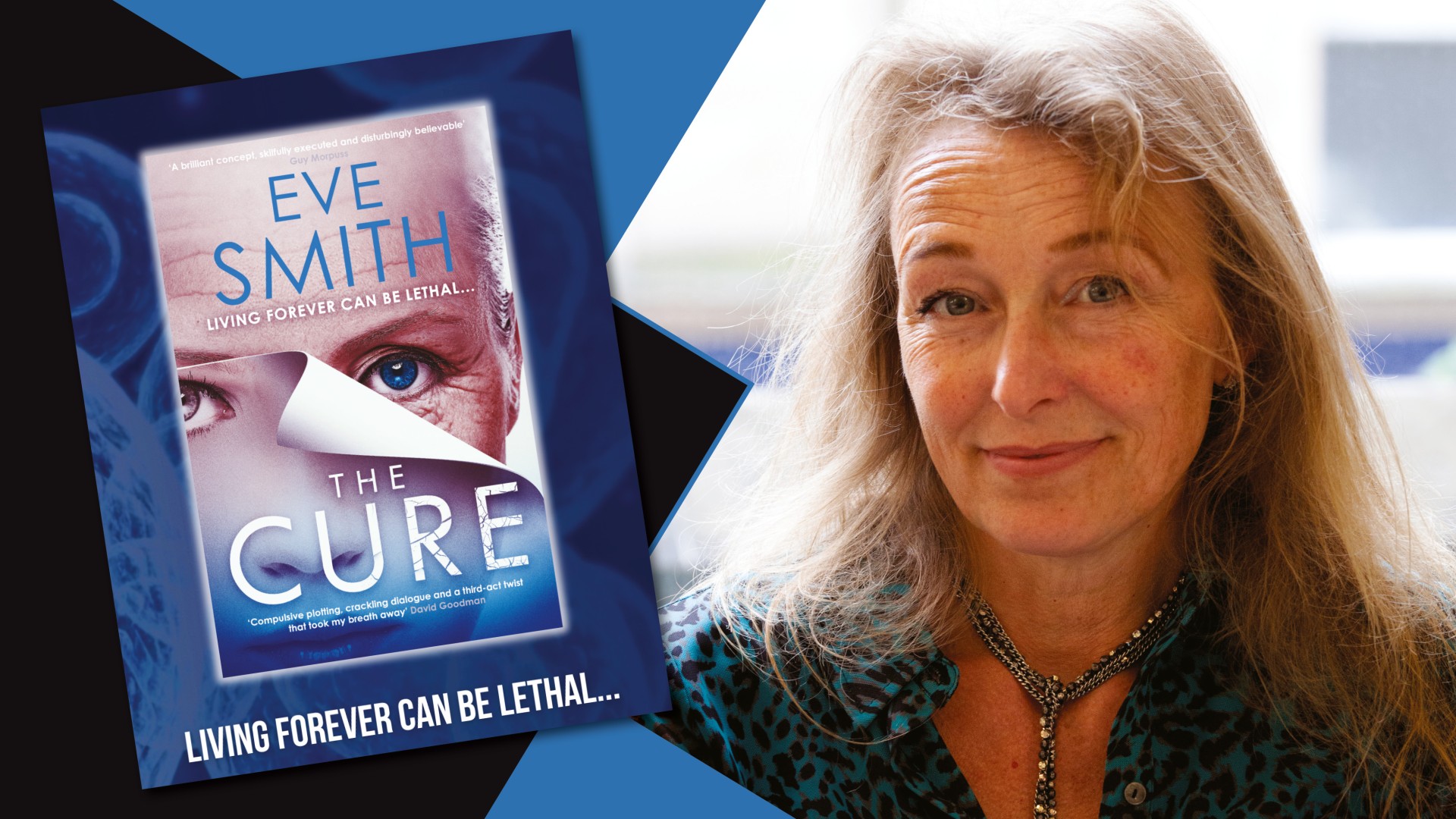A crucial ingredient of speculative fiction is what’s known in the trade as worldbuilding.This involves creating a setting for your novel that may not exist in reality, but which displays traits that are familiar, or at least recognisable, to readers. The differences in setting should be consistent and act as signposts for how society and its rules have changed.
Oxford has featured prominently in all four of my thrillers, not merely because of its proximity. I love building on the city’s rich thousand-year history and imagining future transformations. My plots centre around medical and technological discoveries, so what better choice than Oxford with its cornucopia of science institutions, tech innovations and start-ups?
The John Radcliffe Hospital, in different guises, has appeared in three books. Perhaps this isn’t surprising, given its significance in my life. The JR is where I gave birth to my daughters; my mother died there, and over the years, I have traversed many of its wards. In my debut thriller, The Waiting Rooms, the Marston Hospital for the Elderly is a place of desperation and fear, where those who no longer qualify for treatment are sent to die: naturally or otherwise. For this is a world plagued by antimicrobial resistance, where antibiotics are strictly rationed because most of the drugs no longer work.
The hospital acquires a more heartening incarnation in the climate-ravaged domain of my third novel, One. The Marston Wellness Centre sports surgical biodomes and sophisticated AI-powered robots; green bioreactor panels swathe its exterior, gobbling up carbon dioxide to generate clean energy and meet the government’s mandatory carbon quotas. The Roman Catholic church next door on Headley Way also makes a brief appearance; a floral Madonna gazes at passers-by with melancholy, petalled eyes.
In my latest thriller, The Cure, the hospital’s focus switches after the discovery of a cure for ageing. Degenerative age-related conditions like heart disease and cancer are finally defeated and lifespan reaches a new high. But, as the decades pass, mental wellbeing suffers. The years take their toll in a different way.
Given my predilection for research plotlines, Oxfordshire’s science parks are another major draw. The Oxford Science Park and the Harwell Science and Innovation Campus have birthed the backdrops to several fictional events. In The Cure, the Harwell Institute for Biomedical Research is where my protagonist, Ruth, chances upon her cure for ageing. In Off-Target, which is set in a world where genetic engineering of children has become the norm, a research laboratory tests the impacts of extensive edits inflicted on babies in the womb.
To aid my worldbuilding, I shadowed a real Oxford scientist for the day. Not only did it furnish me with heaps of material, including demonstrations of some mind-boggling machines, it also gave me an insight into the painstaking nature of research. Check out my excited lab selfie by the ‘minus 80’: shorthand for the freezer where biological samples are stored at minus 80C.
 Not all environments I write about are manmade. Oxford’s oldest monument is natural, and is probably the setting I alter least. Port Meadow has changed little since prehistoric times. Thanks to the grazing rights given to the Freemen, its land has been protected from development and the commons teem with life. Wild ponies cavort through the meadows, and a magnificent array of native and migratory birds make their homes there. I often use Port Meadow for moments of reflection, to provide breathing space in the narrative before the next plot point unfolds. And, by immersing my characters in nature’s imperilled beauty, I hope to share their sense of wonder with readers, too.
Not all environments I write about are manmade. Oxford’s oldest monument is natural, and is probably the setting I alter least. Port Meadow has changed little since prehistoric times. Thanks to the grazing rights given to the Freemen, its land has been protected from development and the commons teem with life. Wild ponies cavort through the meadows, and a magnificent array of native and migratory birds make their homes there. I often use Port Meadow for moments of reflection, to provide breathing space in the narrative before the next plot point unfolds. And, by immersing my characters in nature’s imperilled beauty, I hope to share their sense of wonder with readers, too.
Port Meadow walks are a firm favourite with family and friends, as is The Perch, one of Oxford’s oldest drinking establishments, on the banks of the Thames. The Perch crops up in both One and The Cure. My excuse is that I’m following in the footsteps of literary greats: C S Lewis was a regular, J R R Tolkien’s Golden Perch was its alleged namesake in the Shire, and Lewis Carroll gave public readings of Alice in Wonderland in the pub’s willow-tressed gardens.

However, Port Meadow does not entirely escape my dystopian touch. In The Cure, the Privy Council changes the law so the meadows can be built on, to accommodate a populace that is spiralling: not because of more births, because of fewer deaths. Even Oxford’s ancient colleges and cobbled streets aren’t immune, hemmed in by high-rise interlopers. As natural landscapes are usurped, the younger generation’s sole experience of green spaces is virtual, conjured up by AI.
Ruth laments: ‘I remember when green belts still existed, when there were wild areas between cities, factories and farms. There’s no space between places anymore.’
Thankfully, as I write this, Oxford’s dreaming spires and meadows remain unblighted.
Perhaps by imagining these darker futures, such visions may inspire us to ward them off.
******
Review: The Cure, Eve Smith
Sophie Elkan
When I interviewed Eve Smith for OX a couple of years ago I was profoundly disturbed after having read her third book, One. She warned me that her next wouldn’t be any cheerier: “the issue is age reversal technology… There’s a lot of money going into this. Those tech billionaires want to live forever and they are prepared to put their dollars where their mouth is.” Whilst a world without disease (and where skin never loses its luminosity) might seem to offer manifold appeal, in Eve’s hands, a less enviable reality emerges of a world in which people aren’t dying of old age.
The effects of a longer lifespan, afforded by new drug ReJuve, are such that overcrowding is an issue, with spare rooms considered an unconscionable luxury and, as referred to above, green spaces having to be used for housing. There’s also the issue of just how long-term a relationship could possibly be, with marriage outdated and serial monogamy in. The issue of what to do with all these older people is resolved by the introduction of a national service, with elder citizens fulfilling any number of society-enhancing roles. More ominously though, it’s a world where lifespan has to limited by law to 120 years and on reaching that age people are required to engage in Transcendence – essentially euthanasia for the good of society. Those who seek to evade this are hunted down by the Omnicide investigators, one of whom, Mara has her own reasons for wanting to track down the wealthy few (the ‘Supers’) who have taken a forbidden accelerated dose of ReJuve which enables the privileged elite to live forever.
There’s also Ruth, now in her 100-and-something’th year, living a quiet life in Oxford. It was Ruth who – while trying to find a cure for the disease which led to the premature death of her beloved daughter – accidently created the anti-aging vaccine. But Ruth wasn’t working alone and her one-time colleague, Erik Grundleger, is the man behind the development of SuperJuve.
Ruth and Mara need to work together to track down the Supers and discover the truth about the mysterious disappearance of Grundleger and his team. Along the way, other secrets are revealed…
As with her other speculative fiction books, Eve Smith has created an all-too-plausible scenario. Not only is there a high-stakes plot to be resolved, contrasting nicely with the interpersonal relationships that develop between the protagonists, but Eve’s unquestionable skill as a writer is apparent in the small details; her imaginings of future, or alternative, world which remains recognisable but has been distorted through her dystopian lens. It is these details which have stayed with me, meaning that I now prick up my ears whenever I hear about what the tech-bro’s are up to when it comes to ‘anti-ageing’, and shudder when I think of the possibility of a certain ‘X’-man living forever...
The Cure by Eve Smith is now out in paperback.










